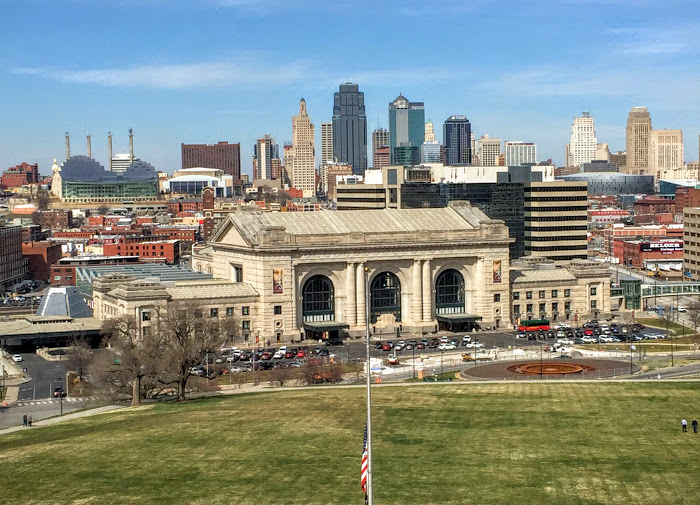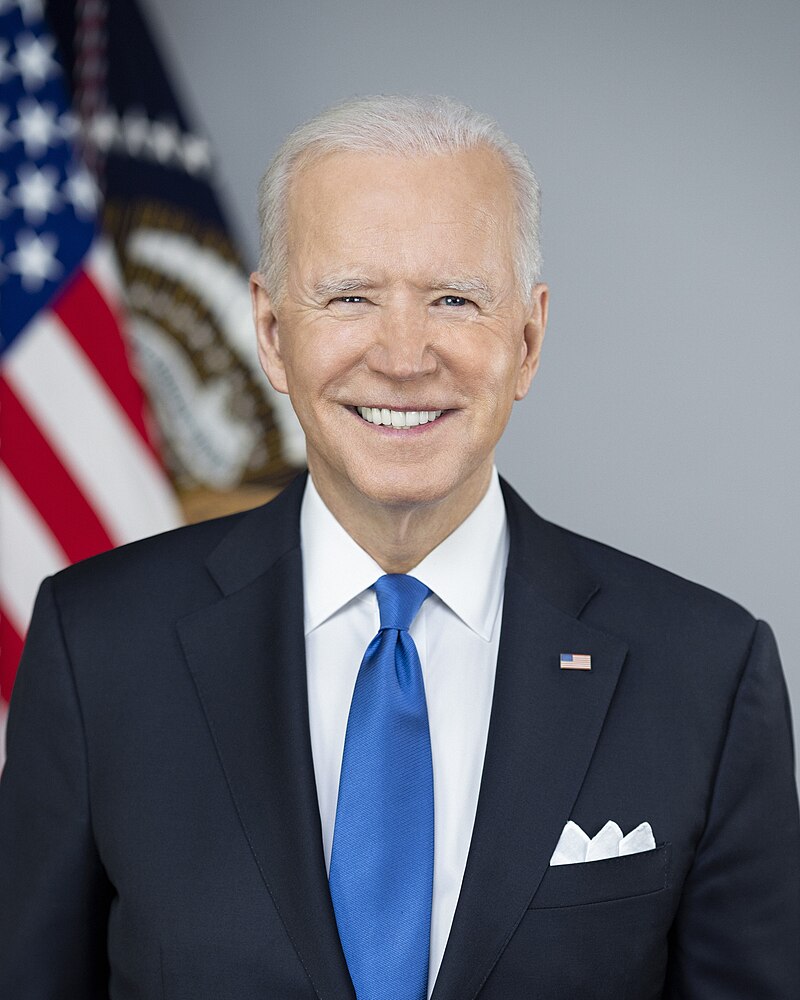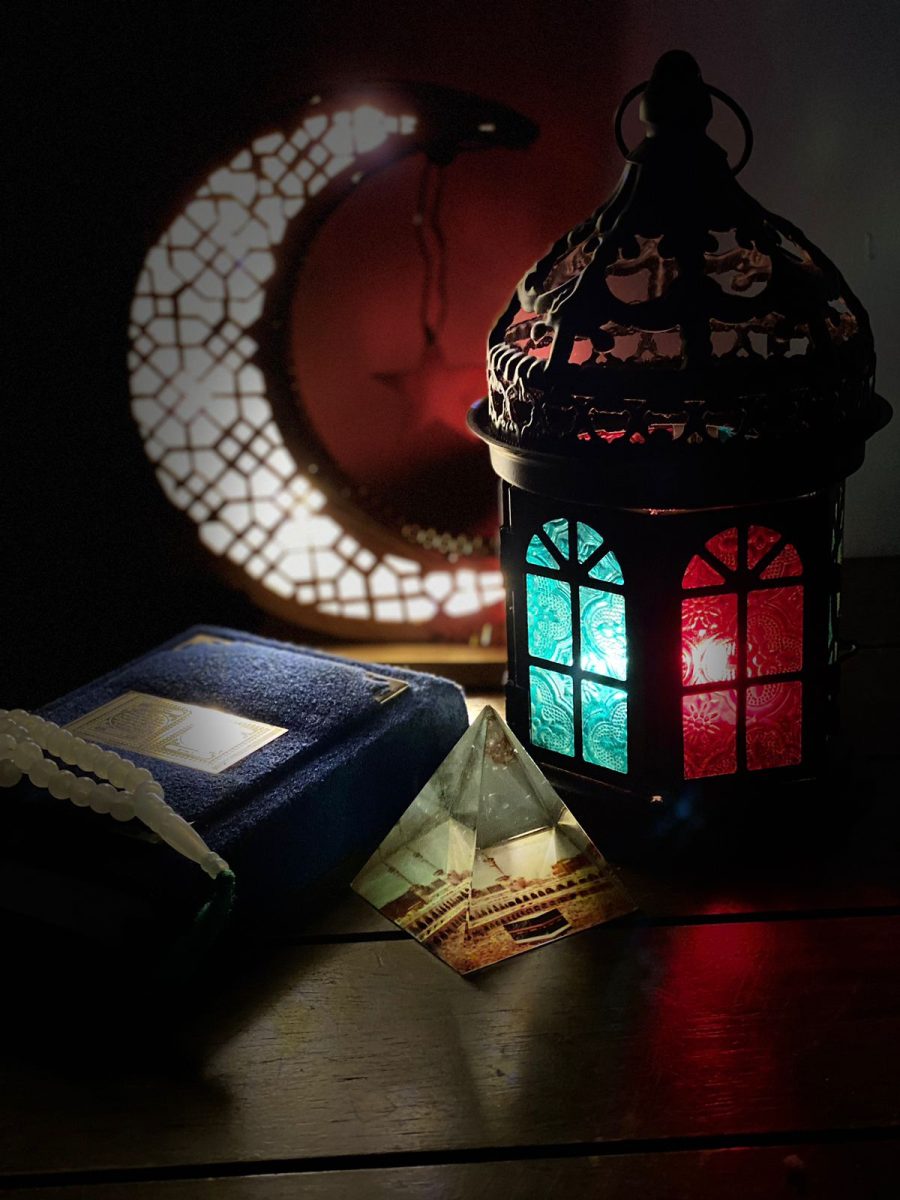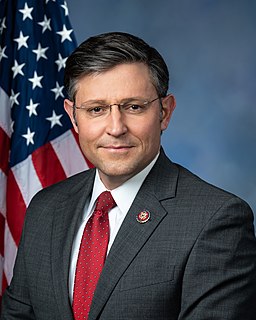One hundred years ago on Easter Monday, 1916, the streets of Dublin were filled with gunfire and bombs as a small group of rebels — about 1,200 in all — tried to secure Ireland’s freedom from the British Empire.
Outgunned and initially unpopular among many Dubliners, the uprising was crushed in less than a week. All the leaders were executed.
This Easter, armored cars and soldiers roamed the streets of Dublin again. But they were the forces of the Irish Republic, not the empire, and they were on parade, not in battle.
The centenary of the Easter Rising, as the rebellion became known, is an impressive occasion.
Posters of the leaders hang from every pub window and municipal building. The Irish colors of orange, white and green are represented in flags along the River Liffey, scarves being hawked from the sidewalk and balloons strung between storefronts. Bookstore windows are full of memoirs and histories of the rising, and even costume shops display 1916-style uniforms.
Celebrations will continue throughout the year, but the centerpiece of the centenary commemoration was a ceremony on Easter Day in front of the General Post Office, headquarters of the rising. The streets around the GPO were crowded but not cramped as everyone strained to see the Jumbotron screens.
The ceremony had the requisite amount of pomp and circumstance, but the politicians in attendance — including Ireland’s president, Taoiseach — prime minister — and the Lord Mayor of Dublin — were mostly silent. Indeed, the most significant speech was a prayer from the head chaplain of the Irish Defence Forces, who asked for cooperation, social justice and peace going forward.
Then, just as in 1916, the proclamation declaring a new Irish Republic was read aloud.
The grand document begins, “Irishmen and Irishwomen … Ireland, through us, summons her children to her flag and strikes for her freedom.”
In 1916, proclamation announced a provisional government for this new state that guaranteed “religious and civil liberty, equal rights and equal opportunities of all its citizens,” and promised that the formal government would be established by suffrage of all the men and women of Ireland.
As an Irish Republic was declared once more, the ceremony ended with a flyby from the Irish air force and patriotic brass bands. The dignitaries retired to their seats, and a military parade commenced.
In some ways, the ceremony seemed too reverential towards an ambiguous event. More than half of the 485 lives lost during the Easter Rising belonged to civilians. Many were killed by British troops, while others were shot by the rebels for looting or actively opposing them.
When the rebellion ended in total surrender, many Dubliners jeered the captured rebels.
After the executions of the leaders and the declaration of martial law throughout Ireland, though, opinions changed.
Within three years, a more extensive and better-organized war of independence began. Within another three years, Ireland had achieved almost total sovereignty.
The rising, in and of itself, did little but litter Dublin with destroyed buildings and dead bodies. And yet, the ideals that the rebels fought for — a democratic, sovereign nation of Ireland, able to uphold its own laws and traditions — are very much evident today.
On Easter Monday, Dublin held the largest cultural celebration in the country’s history with Irish crafts, music, dance, lectures and more scattered around the city. Teens played traditional music while two little girls gave an impromptu step-dancing exhibition. The informational plaques, like all signs in the city, were written not only in English but also Irish Gaelic, a language at one time banned by the British.
The rebels of 1916 died within two weeks of declaring an Irish Republic. But in a way, their actions led to the Dublin on display over Easter weekend: proudly Irish and proudly free.







